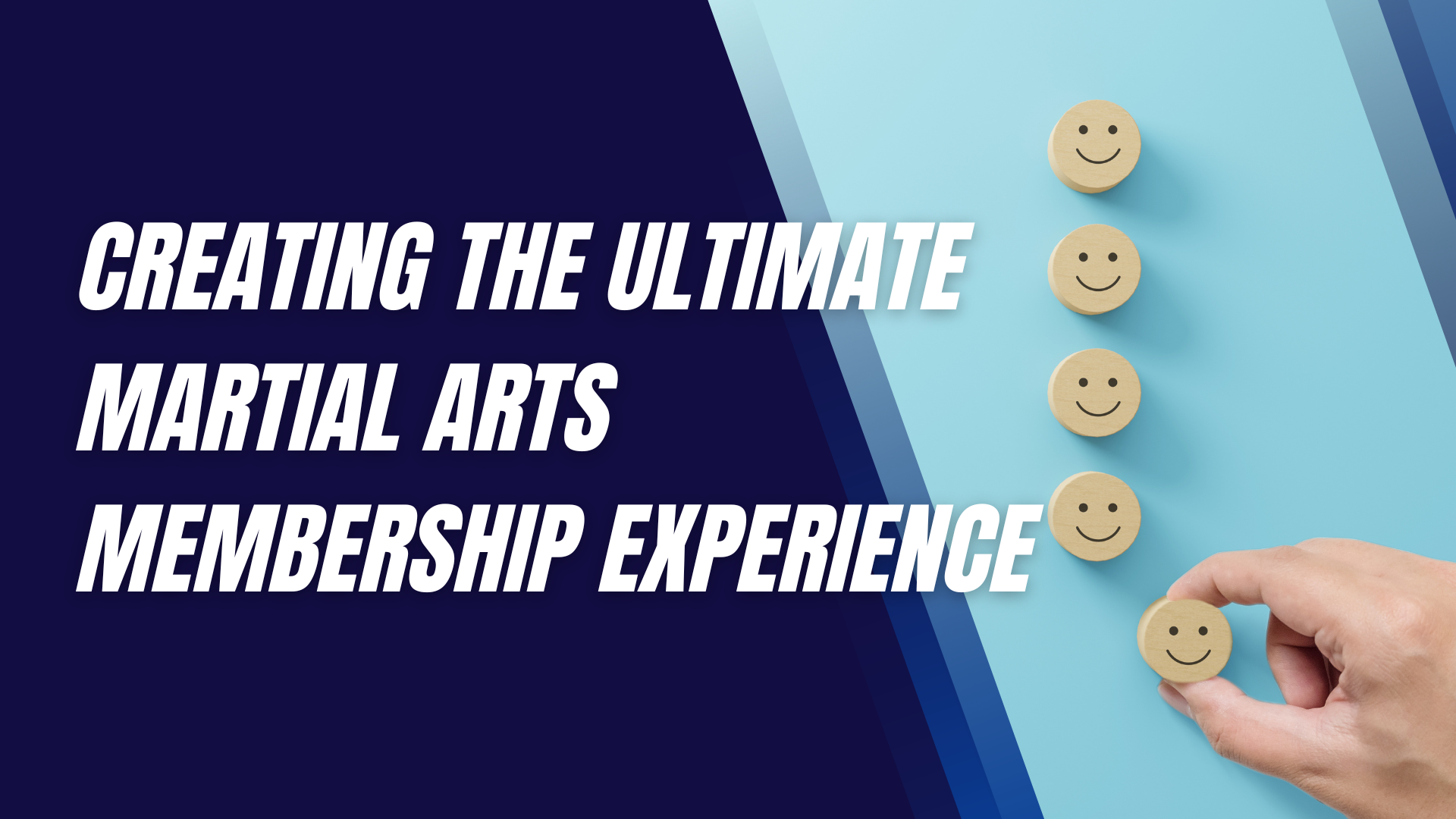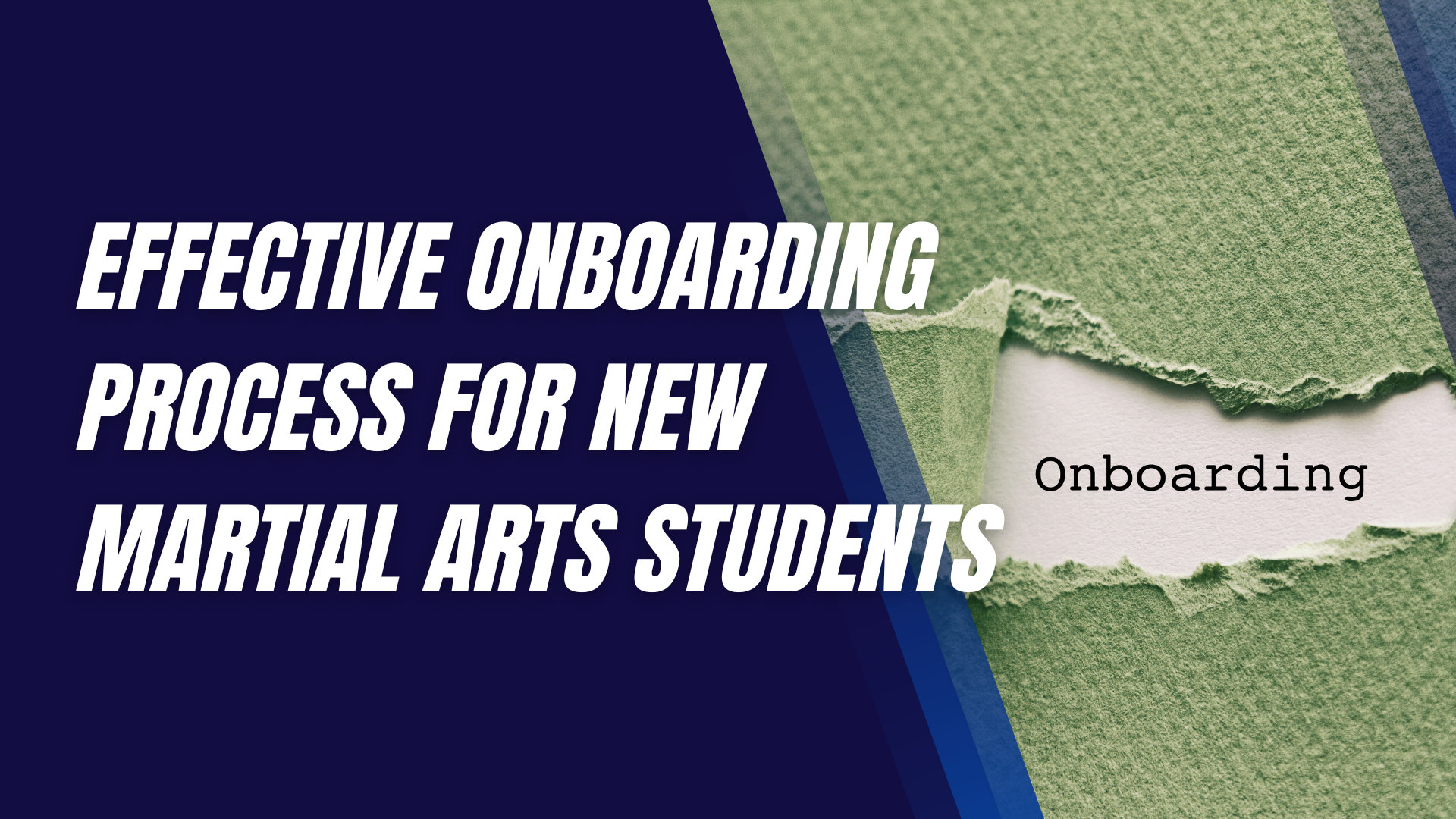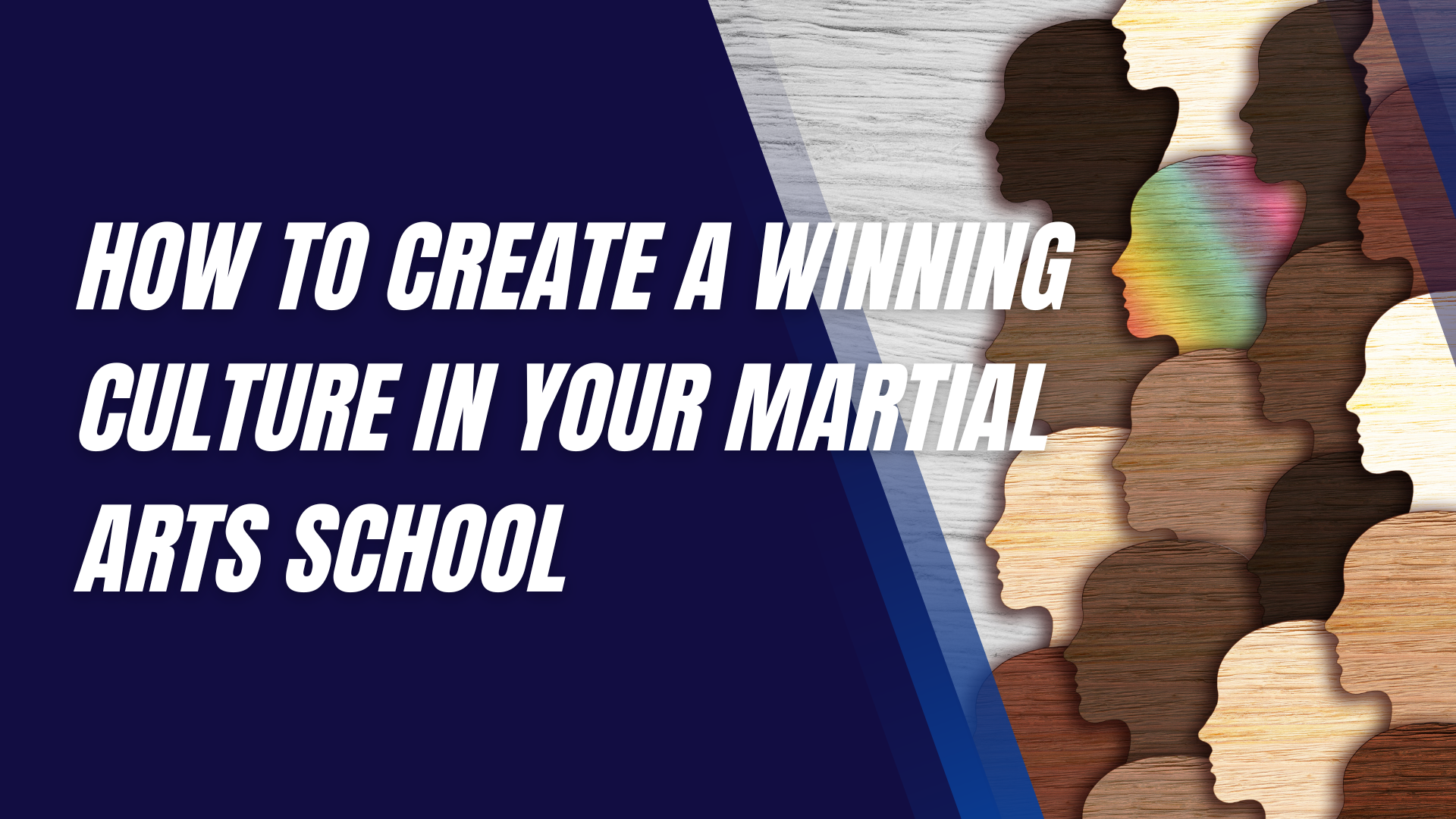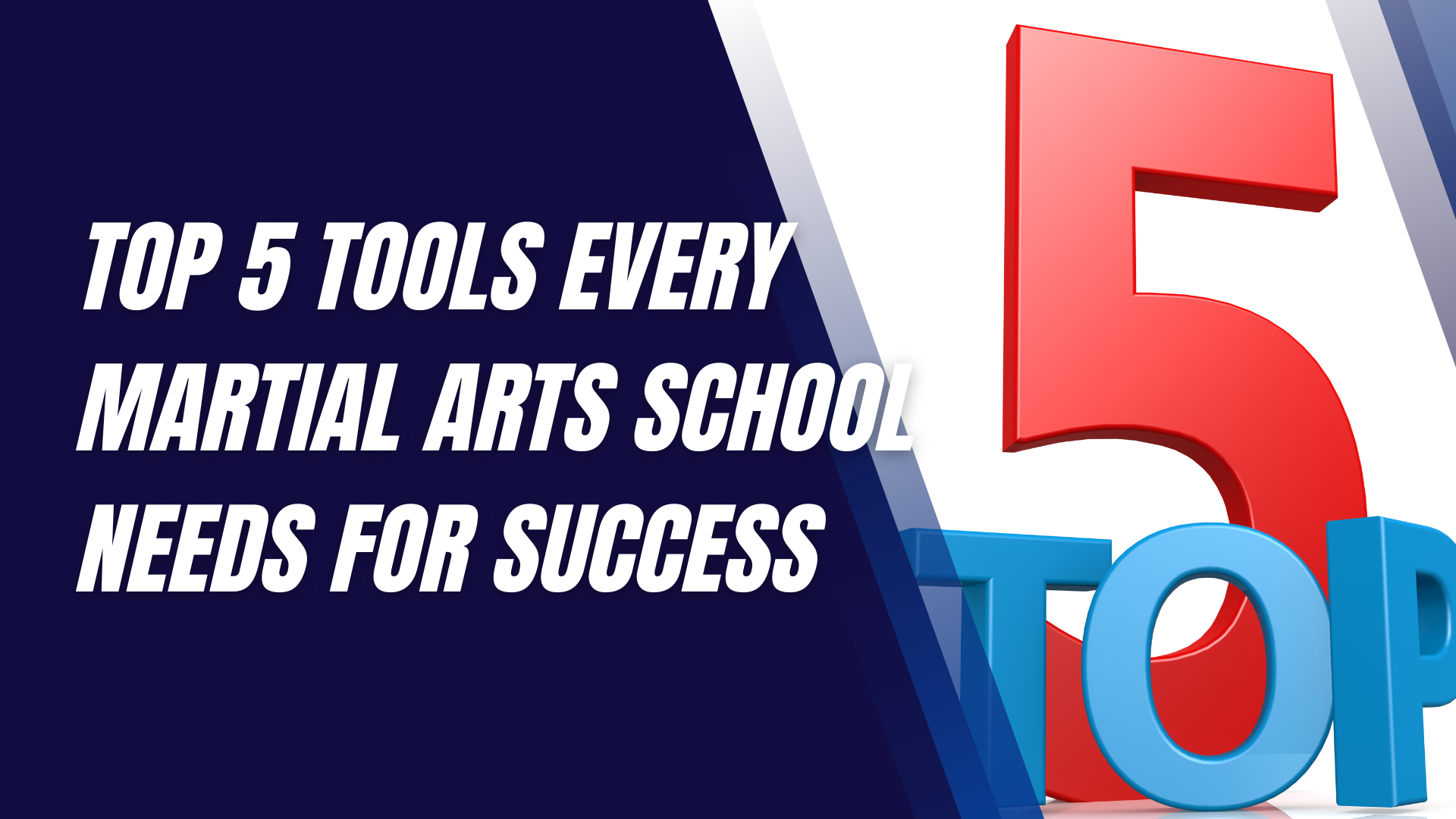The Influence of Martial Arts on Native American Combat Techniques
Martial arts and Native American combat techniques, though originating in different parts of the world, share a rich history and deep cultural significance.
By exploring their intersections, we can gain a better understanding of how different cultures have influenced each other’s combat styles over centuries. This cross-cultural study reveals not just the evolution of fighting techniques but also the shared philosophies that underpin them.
Historical Background of Martial Arts
Martial arts have a storied past, originating in ancient China, Japan, Korea, and other parts of Asia. Traditions like Kung Fu, Karate, and Taekwondo developed as systems of self-defense, discipline, and spiritual growth. These arts evolved through centuries of refinement, influenced by cultural, historical, and social changes. They were often formalized in monastic settings, with rigorous training and philosophical teachings.
Historical Overview of Native American Combat Techniques
Native American combat techniques varied widely among tribes but were integral to survival, hunting, and warfare. These techniques included hand-to-hand combat, use of weapons like bows, tomahawks, and war clubs, and strategic battlefield tactics. Combat was not only about physical prowess but also about spiritual readiness, often involving rituals and ceremonies to prepare warriors mentally and emotionally.
Points of Intersection
The first significant intersections between Native American combat techniques and Asian martial arts likely occurred during periods of trade and migration. Early encounters between Native Americans and Asian settlers or travelers opened avenues for the exchange of combat knowledge. These interactions, although limited, set the stage for a gradual blending of techniques.
Martial Arts Principles in Native American Combat
Many principles of martial arts, such as balance, control, and respect for the opponent, are also found in Native American combat techniques. Both traditions emphasize the importance of mental discipline and physical training. Techniques such as joint locks, throws, and strikes appear in both martial arts and Native American fighting styles, albeit with different executions and contexts.
Weapons and Tools
The weapons used in martial arts, such as staffs, swords, and nunchaku, can be compared to Native American tools like spears, bows, and clubs. While the designs and materials may differ, the strategic use of these weapons shows remarkable similarities. Over time, both cultures adapted and innovated their weaponry, sometimes incorporating elements from each other.
Training Methods and Rituals
Training in martial arts and Native American combat often involves rigorous physical exercises, sparring, and forms or patterns that mimic combat scenarios. Rituals play a crucial role in both cultures, serving to instill discipline, respect, and a sense of belonging. Native American warriors would often undergo vision quests or spiritual journeys, akin to the meditative practices in martial arts.
Self-Defense and Survival
Martial arts are renowned for their self-defense techniques, which are designed to be practical and effective in real-world scenarios. Similarly, Native American combat techniques were honed for survival in the harsh conditions of their environments. Both systems emphasize quick thinking, adaptability, and the ability to use the environment to one’s advantage.
Modern Integration
Today, many martial arts schools incorporate elements of Native American combat techniques into their curricula. This integration enriches the training experience, offering students a broader perspective on combat arts. Programs that blend these traditions focus on both physical techniques and the cultural histories behind them, promoting a deeper understanding and appreciation.
Cultural Exchange
Individual stories of martial artists and Native American fighters illustrate the rich tapestry of cultural exchange. These narratives highlight how mutual respect and curiosity have led to a blending of combat techniques. Cultural appreciation rather than appropriation is key in these exchanges, ensuring that traditions are honored and preserved.
Martial Arts Philosophy and Native Wisdom
The ethical teachings of martial arts, such as humility, respect, and perseverance, resonate deeply with Native American wisdom. Both traditions teach the importance of living harmoniously with nature, honoring one’s ancestors, and maintaining a strong moral compass. These shared values foster a sense of global interconnectedness and respect.
Popularization Through Media
Movies and television have played a significant role in popularizing martial arts and, to a lesser extent, Native American combat techniques. Films often depict these fighting styles in a dramatized manner, sparking public interest and leading to a resurgence in their practice. However, it is crucial to distinguish between entertainment and authentic practice.
Case Studies
Notable figures such as Bruce Lee and Native American warrior Crazy Horse exemplify the profound impact of combat arts on their respective cultures. Bruce Lee’s philosophy and approach to martial arts brought Eastern practices into global consciousness, while Crazy Horse’s legendary combat skills highlight the prowess of Native American warriors. Detailed case studies of these figures can provide deeper insights into the practical application of these techniques.
Educational Programs and Workshops
Various educational programs and workshops aim to preserve and promote the knowledge of martial arts and Native American combat techniques. These initiatives often involve collaboration between martial artists, historians, and Native American communities. The benefits of such programs include cultural preservation, community engagement, and the promotion of physical and mental health.
Final Thoughts
The influence of martial arts on Native American combat techniques is a testament to the enduring legacy of cultural exchange. By understanding and appreciating these traditions, we can honor the past and enrich the present. The future of combat arts lies in the continued exploration and integration of diverse techniques, fostering a global community of practitioners who value both physical skill and cultural heritage.
Interested in trying a martial arts class? Find an affiliated academy anywhere in the country by clicking here.
Have your own martial arts program? Get to know more about what we have to offer at Ground Standard Agency for helping martial arts businesses grow.
Email us at info@groundstandard.com, or call and text us at (732) 907-8920 today to learn how to start growing your own academy, school, dojo, or gym with us as well.
Share this article












